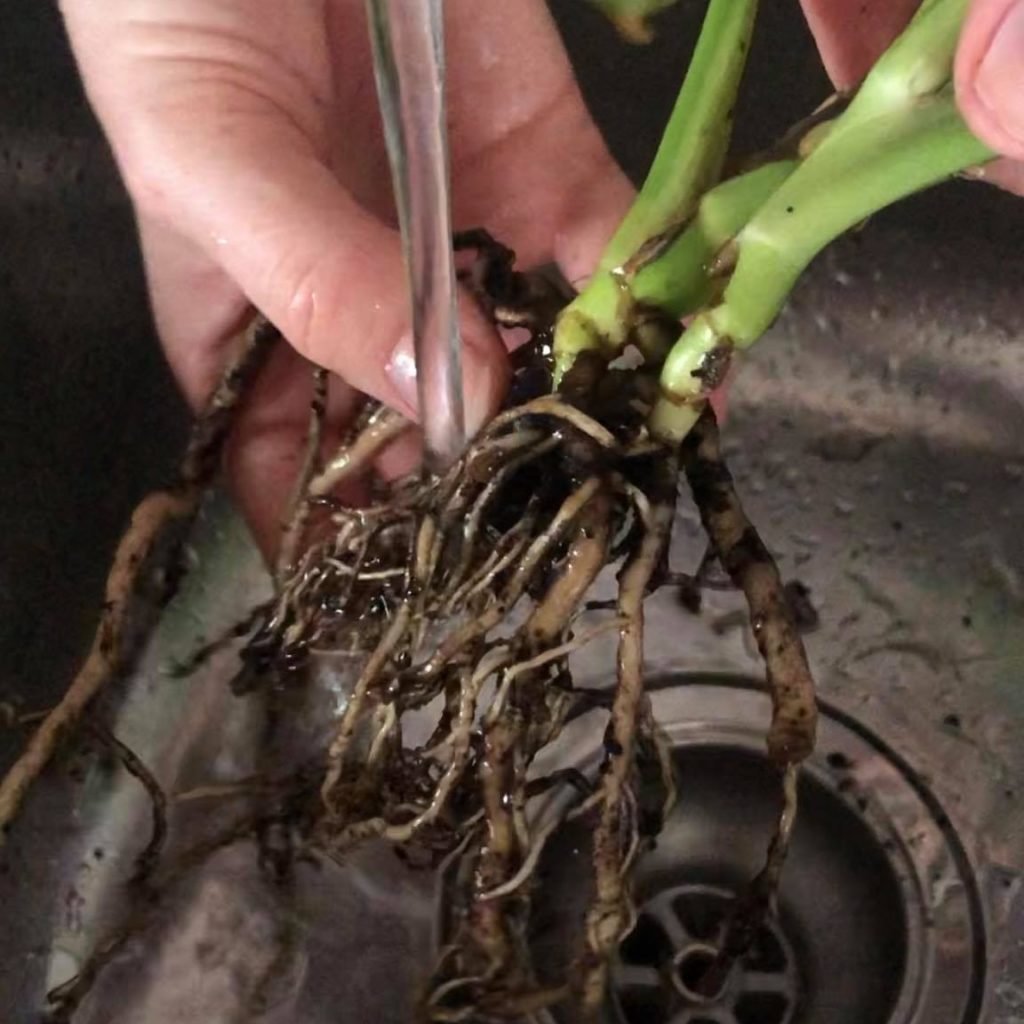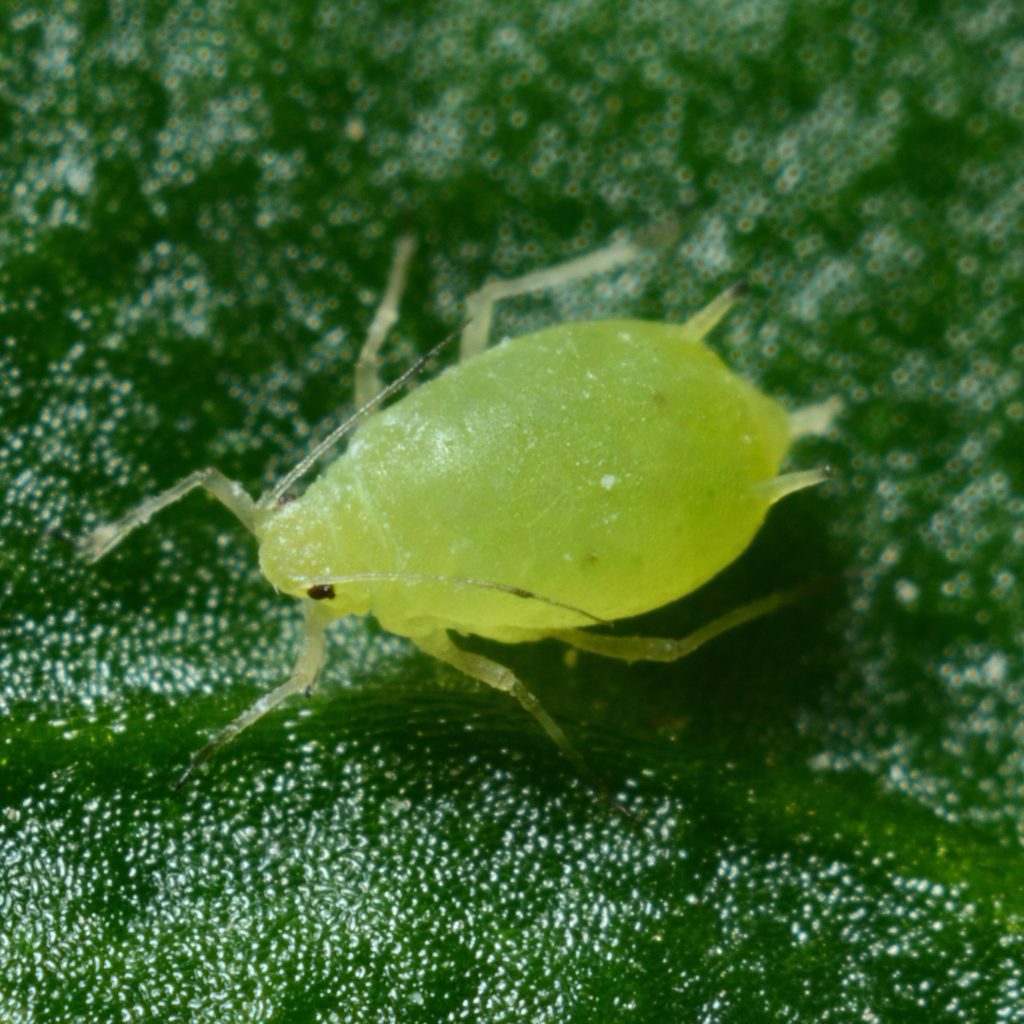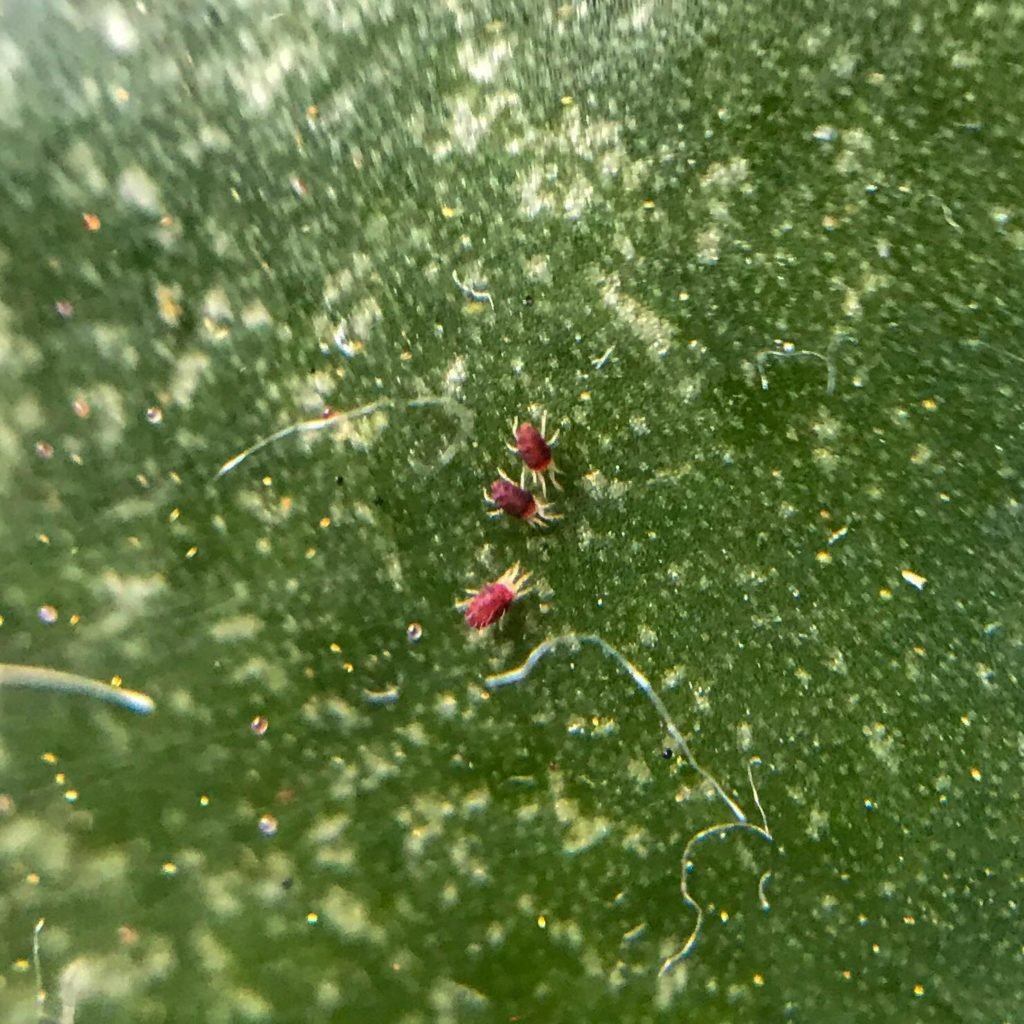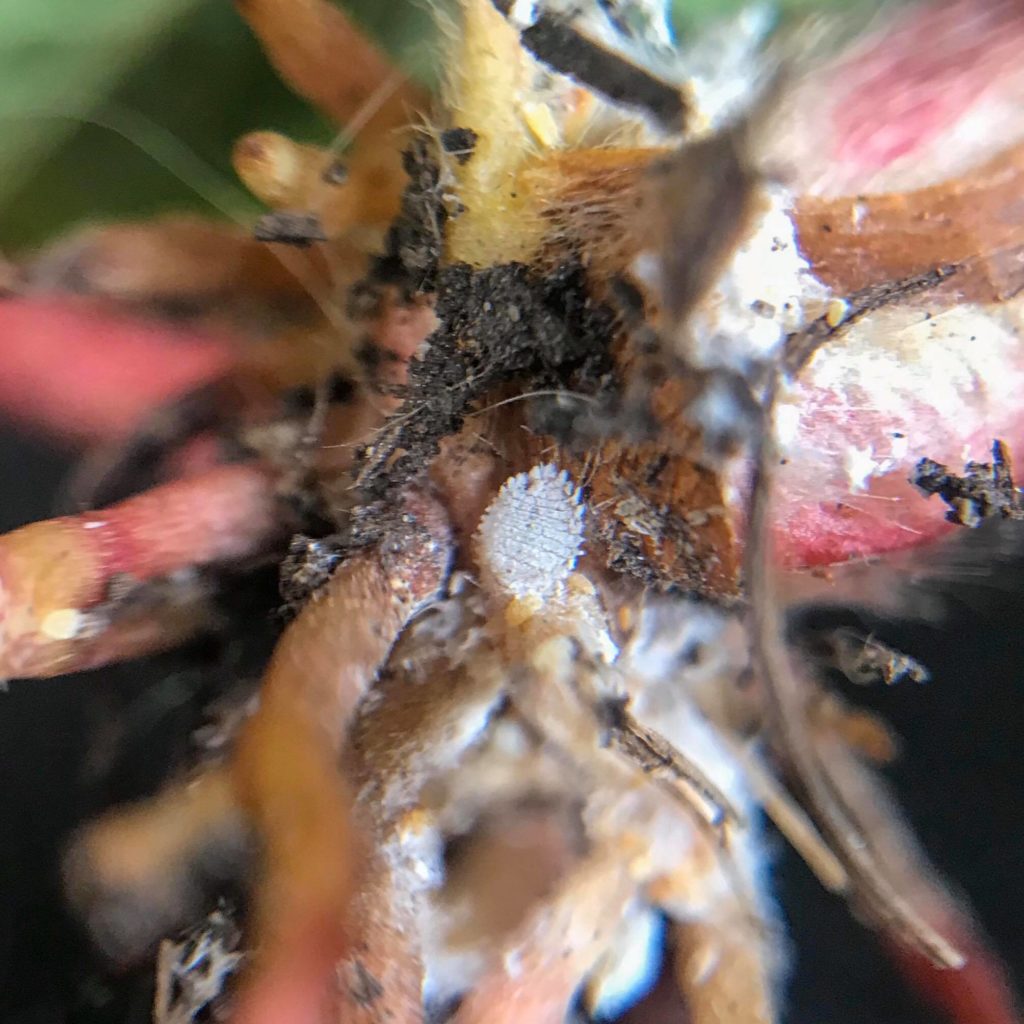Have you noticed the foliage of your plants are turning yellow, wilting, growth is slow or just dying off? There’s a chance your plant could be suffering from Root Rot. Root Rot can be one of the most damaging diseases a houseplant can suffer from. It can sneak up on you and before you identify what the issue is, it could be too late to treat. Root Rot can spread quite quickly so being able to identify this disease at first symptoms is important.
What is Root Rot?
Root Rot is a disease that attacks the plants roots, commonly beginning from over-watering. This disease thrives in wet soil and can eventually cause plant death if not treated fast.
The first cause of Root Rot is from over-watering and poor drainage. The roots of plants need oxygen to survive and when kept in a soil that is too wet, the roots can’t breath and this causes them to start rotting. Once the roots start decaying, they can’t take in any water or nutrients and are no longer able to provide to the plant, which causes them to start wilting and eventually die.
The second cause of Root Rot is from fungus, such as Phytophthora, Pythium, Rhizoctonia or Fusarium. The fungus can lie dormant in the soil before flourishing from over-watering. Fungi thrive in wet conditions and when the soil becomes waterlogged, it becomes the perfect environment for it to thrive. This is why it’s essential to use a soil that drains well. The fungus attacks the roots which causes them to start rotting and eventually can cause plant death.
What Causes Root Rot
Root Rot generally starts from soggy and waterlogged soil. Root Rot can be caused by over-watering, poor drainage, oversized pots, pots sitting in water, and poor airflow.
1. Over-watering
Over-watering causes there to be excess water in the soil which then causes the soil to become waterlogged. This can start rotting the roots because there is no oxygen, which doesn’t allow them to take in any water. This means the roots aren’t able to provide for the plant. This then causes the plant to become weak and can cause plant death.
2. Poor Drainage
A well draining soil allows the water to freely drain through and helps to create air flow and oxygen for the plants roots. Poor drainage means the soil is holding a lot of water and becomes waterlogged. The pots you use need to have adequate draining as well. Using a pot that doesn’t have any drainage holes will be a recipe for disaster. You need to use pots with drainage holes so the water can escape through the bottom.
3. Oversized Pots
Planting your plants into pots that are way too large for them can cause more pain than good. Excess soil can become waterlogged and keep too much moisture than the plant needs and requires. Some plants like to be kept in smaller pots and hate having too much room.
4. Pots left sitting in water
Some pots come with a saucer so when you water it collects instead of draining onto the floor. Failure to remove that excess water after you’ve watered your plant keeps the soil soggy and causes the roots to start rotting.
5. Poor Airflow
Good air circulation helps with water evaporation, helps to prevent condensation and reduces fungal infections. When there’s not enough airflow, the soil can stay wet for longer and cause it to become soggy.
How Quickly does Root Rot Affect Plants
The root rot fungus is a fast acting plant killer! It will enter your plant through its roots, changing them from a healthy white colour and firm in texture to brown and mushy. This gross fungus can kill your favourite plant in as quick as one week to 10 days! So it is crucial to identify it as soon as possible and begin treatment.
How to Identify Root Rot
Since Root Rot happens under the soil where we can’t see it happening, we rely on the symptoms the plants show us to identify the problem. Plants will show signs of wilting leaves, distorted leaves, yellowing leaves, stunted growth and leaf drop when suffering from Root Rot. Healthy roots should be white in colour and firm to touch.
When plants are suffering from Root Rot, the roots will turn brown and be mushy to touch. Some roots may even fall off when touched. When this happens, the roots can no longer support the plant. They are unable to absorb and provide the plant with water or nutrients from the soil which is essential for plant health.
How to Treat Root Rot
Once you’ve identified Root Rot and you think your plant can be saved, it’s best to act fast to try and prevent it from getting worse. Check the roots, if they’re all brown and mushy, the plant is too far gone and can’t be saved. However, if the plant still has some firm, healthy white roots, you can try and save the plant. You can repot the plant into a pot with good drainage and fresh well draining soil best suited to your plant.

Gently remove the plant from the soil and rinse the roots under running water, being sure to remove all of the brown, mushy roots. If you’re planning on repotting your plant back into the same pot it was originally in, be sure to rinse the pot out to clear out any of the possible fungus that could remain in it and dispose of the soil.
When treating Root Rot, there’s a chance that you will have to remove a lot of the plants root system depending on how badly your plant is infected. To help give your plant a better shot at life, you can cut some of the leaves off to help reduce stress on the plant and give it a better chance to grow back roots.
How to Prevent Root Rot
To ensure you don’t have to deal with the pains that are associated with your plant getting root rot you can take the following precautions to avoid it.
- Ensure that you are not overwatering your plant; make sure you only water your plant when the top inch of the soil is dry to prevent overwatering.
- Ensure your plant is kept in the correct soil, well draining soil is best for allowing adequate water flow and avoiding your soil being waterlogged.
- Replant your plant into a pot with good drainage. Pots without holes are another key player in causing your plant to become waterlogged. If you’re in love with a pot that doesn’t have a hole for drainage you can keep your plant in another pot and use the other as a pot cover.



